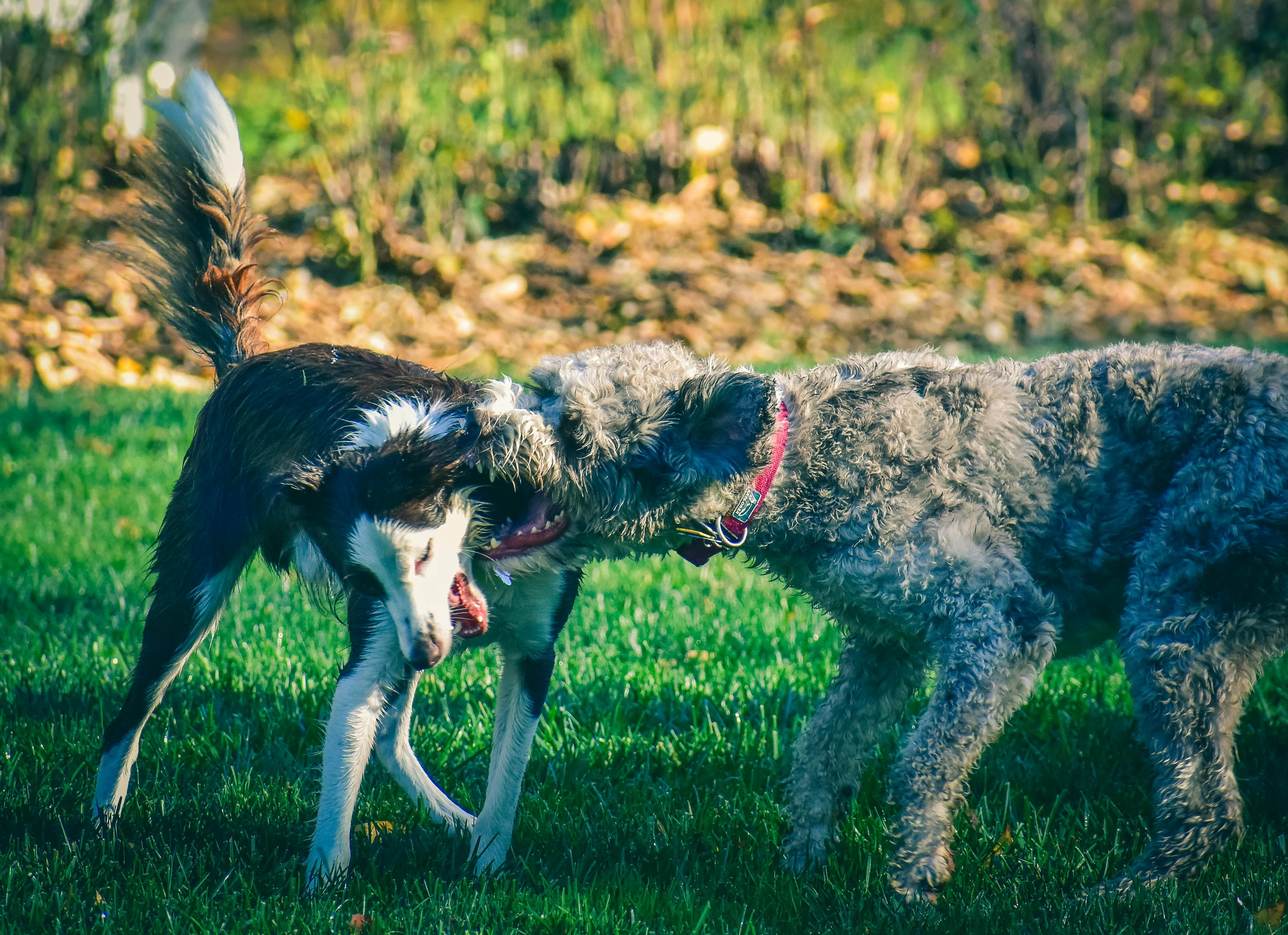
Rabies

Our guide has been authored by qualified veterinarians, but should not be taken as substitute for medical advice or professional veterinary consultation. If your pet displays any unusual symptoms, we strongly advise seeking guidance from a veterinarian
Understanding Rabies in dogs and cats
Rabies has been one of the deadliest and most infamous diseases related to dogs for many years. While it is often associated with dogs, one of its unique characteristics is that it can be transmitted by and is dangerous to any mammal. The disease is often transmitted by wild members of the Canidae family, including coyotes, wolves, and foxes. Some cases were discovered in farm animals, other wildlife, and even cats.
Rabies is a zoonotic disease, making it transmittable to humans. Thousands of cases are discovered in humans worldwide each year.
This deadly viral infection is transmitted through infected saliva, mainly during bites, and affects the brain and central nervous system. Effective treatment is only possible immediately after the bite. Without it, the virus will make its way to the brain, leading to almost certain death. Luckily, a very effective vaccine can save lives and prevent the disease from spreading.
Rabies's Causes: Uncovering Triggers
- Animal Bites: This is the most common form of transmission. The bite of a rabid animal (a dog or any other mammal) transmits the virus in the saliva. The virus then enters the bloodstream through the bite wound. The bite may be visible and painful or barely seen, like that of a small animal, such as a bat, during sleep.
- Rare Non-Bite Incidents: This is uncommon, but rabies can also be transmitted from one mammal to the next through scratches or open wounds exposed to saliva from a rabid animal or via contact with the nervous tissue of an infected mammal, such as during predation.
 Recognizing Rabies: Signs and Symptoms
Recognizing Rabies: Signs and Symptoms
- Behavioral changes: Rabies is a consciousness-altering virus, and the infected animal will seek to come in contact with as many living beings as possible and bite them. That’s why animals that suddenly turn aggressive, especially wildlife approaching humans and attacking them, should be considered suspicious. Infected dogs’ behavior tends to change drastically, and they become very aggressive or uncharacteristically drawn to humans.
- Physical symptoms: There are no apparent signs of rabies, making diagnosing it much more challenging. We’re all familiar with the drooling and foaming associated with rabies, which may occur but not always. There could also be several reasons for dogs drooling. Additional signs include difficulty swallowing, light aversion, seizures, twitching, low appetite, difficulty moving, paralysis, unconsciousness, and sudden collapse.
Once symptoms set in, it’s usually too late to save the infected animal. Still, recognizing symptoms is essential for early detection and to prevent exposure to infected animals.
The above symptoms are relevant to any mammal and represent the two stages of Rabies. The first is the ‘migration’ stage, during which the virus slowly progresses from the bite area to the central nervous system. This stage can last several days to months, and no symptoms other than a possibly infected wound will be detected. The second and final stage is the disease, beginning with the arrival of the virus to the central nervous system, showing dramatic symptoms and typically ending with the infected mammal’s death within days.
 Rabies Diagnosis: How it's Identified
Rabies Diagnosis: How it's Identified
There is no shortage of rabies-related challenges, as there is no solid test for diagnosing rabies other than post-mortem brain tissue testing. For this reason, some countries where this disease takes place require the euthanasia of any mammal displaying signs of rabies in infected areas and without adequate vaccination history. The animal’s brain is then sampled for diagnosis.
 Treating Rabies: Options and Approaches
Treating Rabies: Options and Approaches
Sadly, there is no available treatment or cure for rabies. Aside from several rare cases, nearly any mammal that reaches the active disease stage, including humans and dogs, dies within less than ten days. Our focus is on prevention through vaccination and minimizing potential exposure to carriers. The vaccine is simple, effective, and has few side effects. Some countries forbid post-bite vaccination, and some require mandatory monitoring and quarantine to ensure no signs are detected following the bite.
Rabies: Surprising Facts

Rabies vaccinations were among the first commercial vaccines. The vaccine was developed by Louis Pasteur (yes, the same guy who first pasteurized milk) and Émile Roux. The first to be saved by the vaccine was the boy Joseph Meister, who was bitten by a rabid dog in 1885.

According to the World Health Organization, rabies causes around 59,000 human deaths annually. Rabies cases are documented in over 150 countries, but 95% of them take place in Africa and Asia.

Domestic dogs are responsible for 99% of rabies virus transmissions to humans. This means that vaccination can prevent the majority of deadly cases.
 Vet's Tip: Dealing with Rabies
Vet's Tip: Dealing with Rabies
In addition to regular vaccinations, it’s advised to keep your dog on a leash and supervise interactions with unfamiliar animals. Do NOT let your dog roam freely. If you suspect your dog has been exposed to a rabid animal, contact a nearby veterinarian ASAP.




Price Tag

Latest in Research and Treatments
Until recently, dog owners in various regions had to renew their dog’s vaccine annually. Thanks to new formulations that provide more extended protection, laws have changed in some places. Dogs that receive the vaccine for the first time should get a booster shot 1-3 months following the initial vaccine.
Did you know?
Enrolling in Animalia Pet Insurance
while your pet is healthy is a wise decision.
Waiting until a disease develops means it won't be covered.






